Dia de Muertos is a Mexican celebration during which people remember loved ones who have passed away. It's observed on Nov 1st and 2nd. The name Dia de Muertos (Day of the Dead in english) comes from the tradition to honor and remember the dead ones. Some people think it is like a Mexican Halloween. However, it has nothing to do with Halloween at all! In fact, Dia de Muerto’s celebrations are much older than Halloween and were first celebrated by indigenous peoples of Mexico hundreds of years ago as part of their beliefs about life after death.
The ofrenda (also known as an altar) is a traditional way to honor those who have passed away.
The ofrenda (also known as an altar) is a traditional part of the Day of the Dead celebration, a way to honor those who have passed away by setting out their favorite foods and activities. Dia de Muertos is celebrated on November 1st and 2nd in Mexico, but it's also observed in other Latin American countries like Guatemala and Chile. The day commemorates all those who have died, regardless of whether they were related or not.
In Mexico, families typically set up an altar or shrine in the home to honor deceased relatives and friends. Like many traditions across Latin America, this can be seen as an extension of Catholicism—the Catholic church recognizes All Saints' Day (November 1st) and All Souls' Day (November 2nd). Those two days fall close enough together that people often observe them together as one holiday: Dia de los Muertos!
The ofrenda, or altar, has three levels which represent earth, purgatory and heaven.
Each level of the altar represents one of Earth, Purgatory and Heaven.
The base is Earth, and contains fresh flowers and other items which will decay quickly. The middle tier represents Purgatory: sweet breads, candles and other items which will burn out or fade over time. The top layer is Heaven, with foods that are bright colored fruits such as apples or oranges -- these represent eternal life!
It’s important to note that each ofrenda will vary depending on who's celebrating it. Some may be very elaborate and some may be very simple. The important thing is that you let your loved ones know how much they mean to you and honor their memory by creating an ofrenda in their honor.
The purpose of an Ofrenda is to honor those who have passed away, remember them, celebrate their lives, show respect for the dead and keep them close at hand. This can be done by making food offerings or leaving flowers on a grave site but sometimes it's just as powerful if not more so when we create a home altar which we use as part of our daily life where we can display photos or other items that represent those whom we want to keep close through our memories."
Earth, air, fire, water...
A typical altar consists of items from the four elements: earth, air, fire and water.
Earth is represented by plant life such as flowers, food like tamales and breads made with cornmeal. Water includes any beverage such as coffee, tea or water. Air can be represented through incense that burns over time to fill an area with its fragrance or by lighting candles that provide a constant source of light and heat. Fire represents change through loss such as when a loved one passes away but also hope for what is ahead in the future like new life being born into your family line-up once again after many years have passed since their last generation was born before them (this happens often).
Don't miss Pan de Muerto.
Pan de Muerto is a type of bread that's traditionally served during Day Of The Dead celebrations in Mexico and other countries. It's made from wheat flour, sugar, and cinnamon. Pan de muerto is often decorated with sugar skulls; they're sweet treats that are meant to look like skulls but aren't actually made from them.
Salt represents earth, so it needs to be present on the altar to help spirits find their way back for Dia de Muertos.
There are a few reasons why salt is used on the Dia de Muertos altar. For one, it's believed that salt represents earth, so it needs to be present on the altar to help spirits find their way back for Dia de Muertos. Salt also helps purify negative energy from an area, which makes it a helpful tool for keeping evil at bay when you're dealing with spirits who may not be too friendly.
Salt can also be used in many ways to decorate your day of the dead altars as well; some people like sprinkling their altars with real grains of salt while others prefer decorative tableware or figurines made out of this popular ingredient. In addition, some people use small bowls filled with water and then place small pieces of bread inside them before setting them around their homes or businesses; this practice is said by some historians because they believe that bread was once cheaper than meat and thus served as an alternative source of food during hard times such as droughts or famines."
Marigolds are also called “flor de muerto” or cempasúchil and are used in many ways to decorate Day Of The Dead altars as they are believed to attract spirits to the altar.
People use marigolds for many purposes, including decorating graves and altars. They are also used to attract spirits to the altar.
Marigolds have a long association with death and mourning in Mexico, but they are also associated with life and rebirth as well. This can be seen in their color, which is bright orange like an open flame or sunrise (symbolizing new beginnings).
What about “papel picado”?
Papel picado is a decorative element made by folding paper several times, then cutting designs into it with scissors or a sharp knife. The resulting design is usually cut into pieces that are then attached to the ofrenda. Papel picado is usually made out of tissue paper or crepe paper and comes in many different colors and patterns.
Calaveras de azucar are edible skull-shaped candies often made out of Mexican sugar that are used on the Day Of The Dead altars as offerings to deceased loved ones.
Calaveras de azucar are edible skull-shaped candies often made out of Mexican sugar. They're a popular offering on the Day Of The Dead altars and are often given to children as gifts.
In Spanish, the word calavera means "skull" and can be used to refer to a person's face or head. So these sweet treats aren't literal skulls but rather an artistic interpretation of what skulls might look like if they were edible.
In conclusion, Dia de Muertos is more than just a tradition. It has a lot of meaning and it is just around the corner and if you want to keep this beautiful tradition alive even here in the USA, you still have time to set your own “ofrenda”. It doesn’t have to be very elaborate, the most important things to have are photos of your loved ones who passed away and their favorite food.
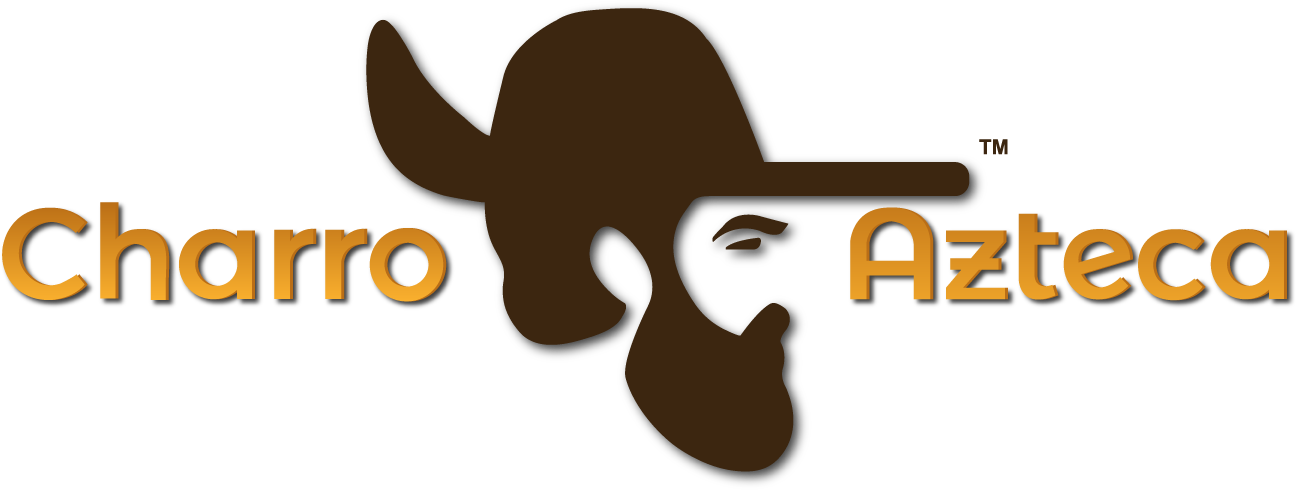


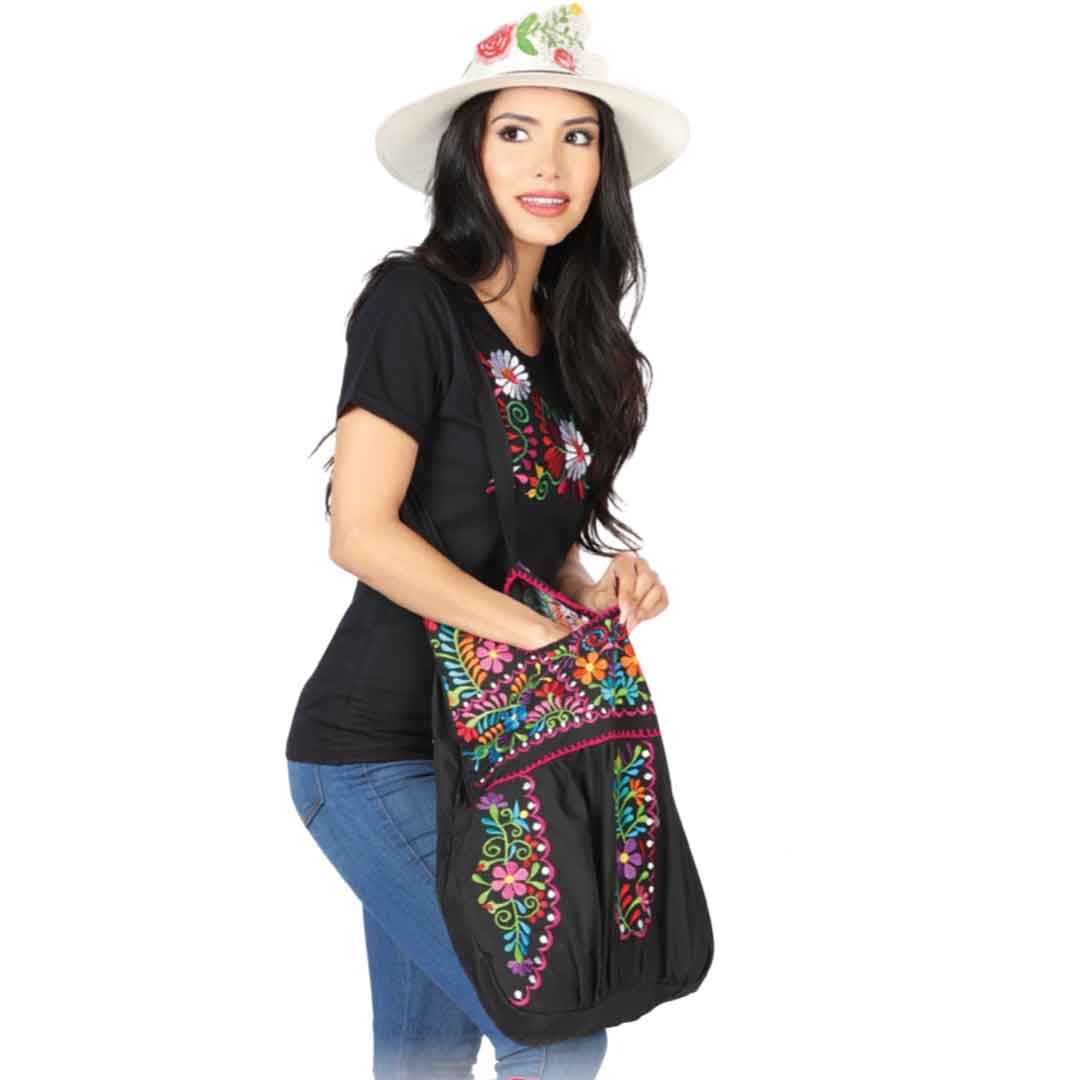
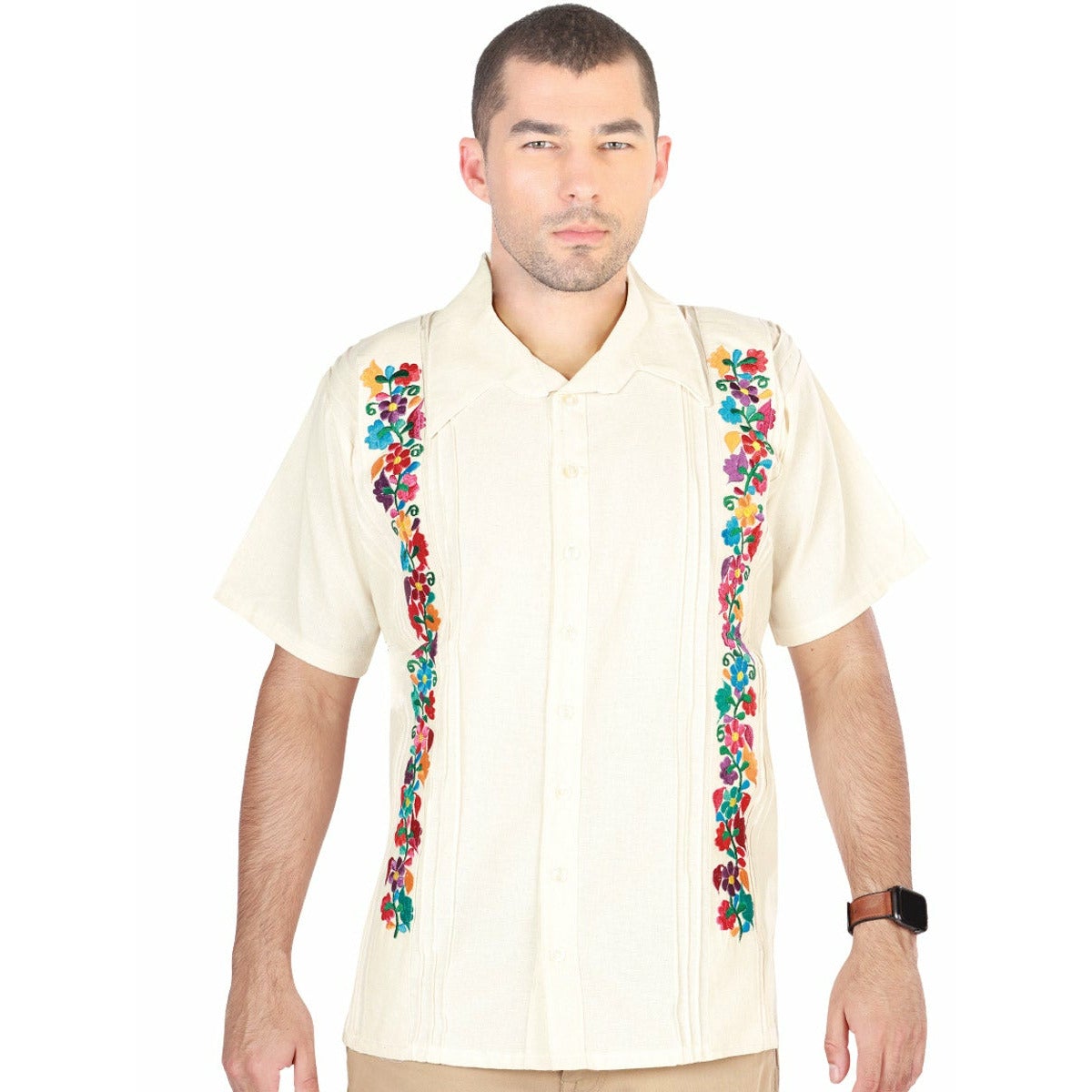

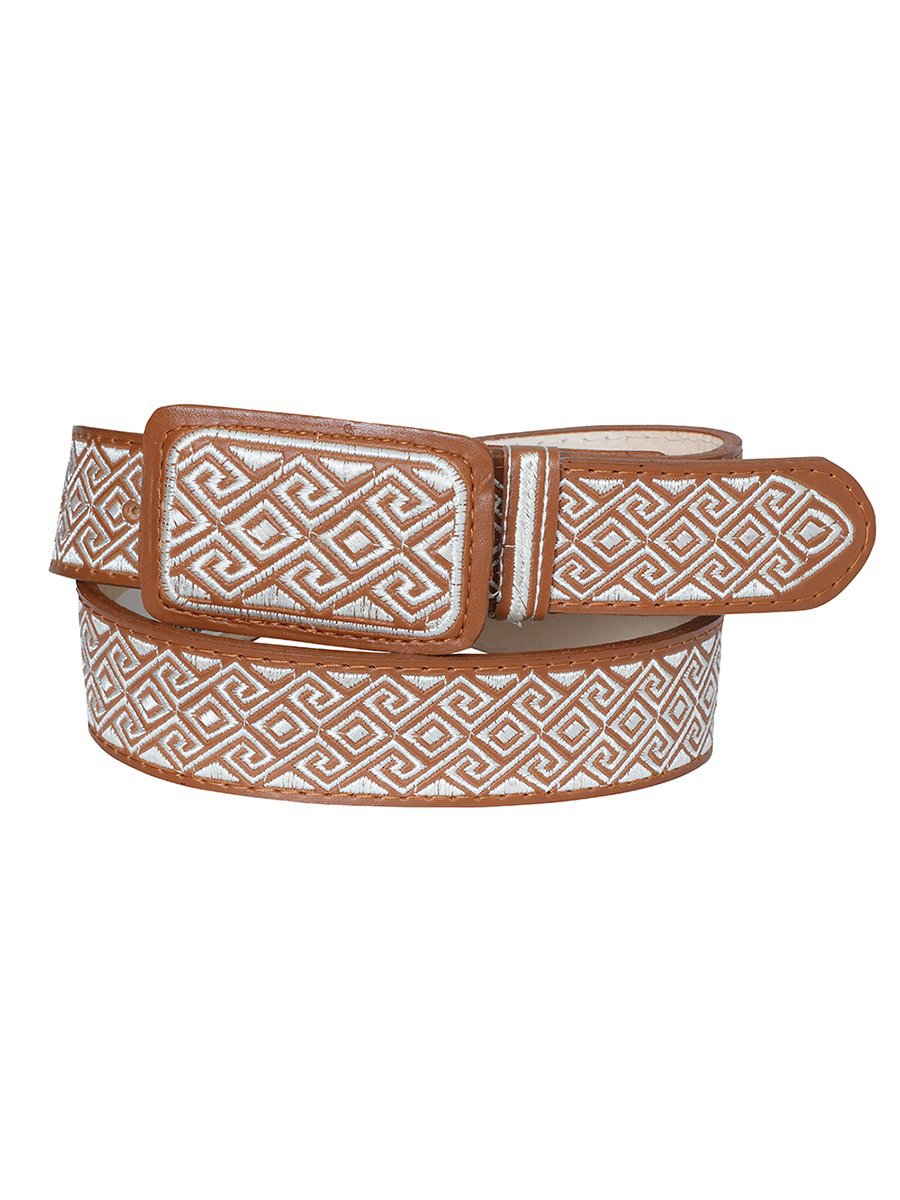
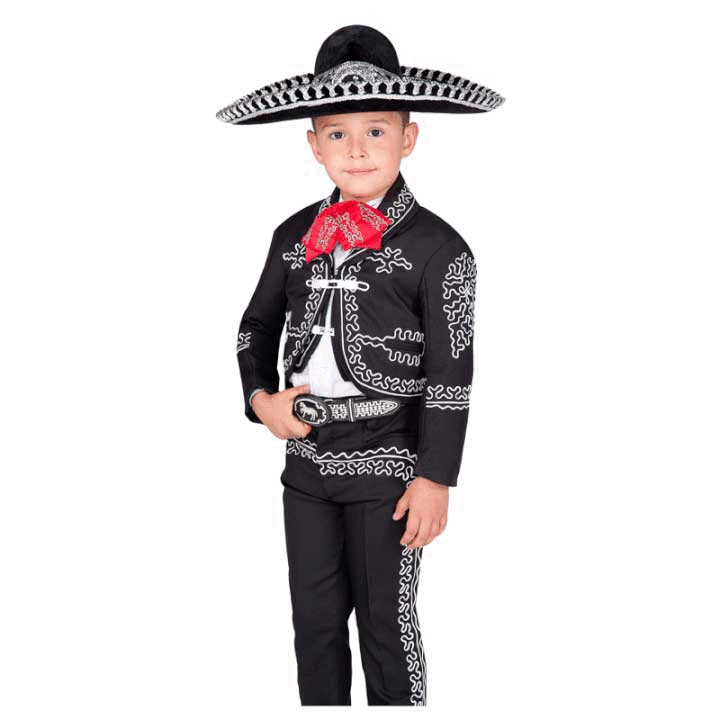


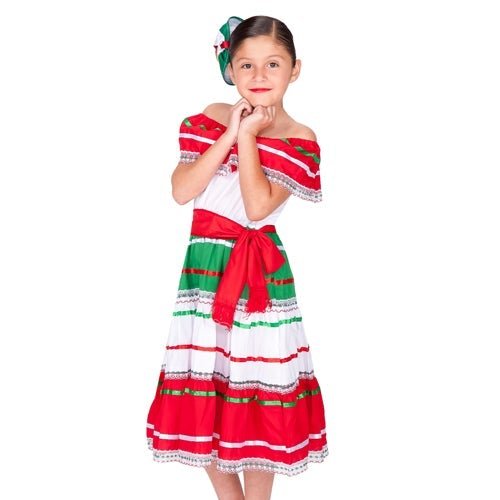
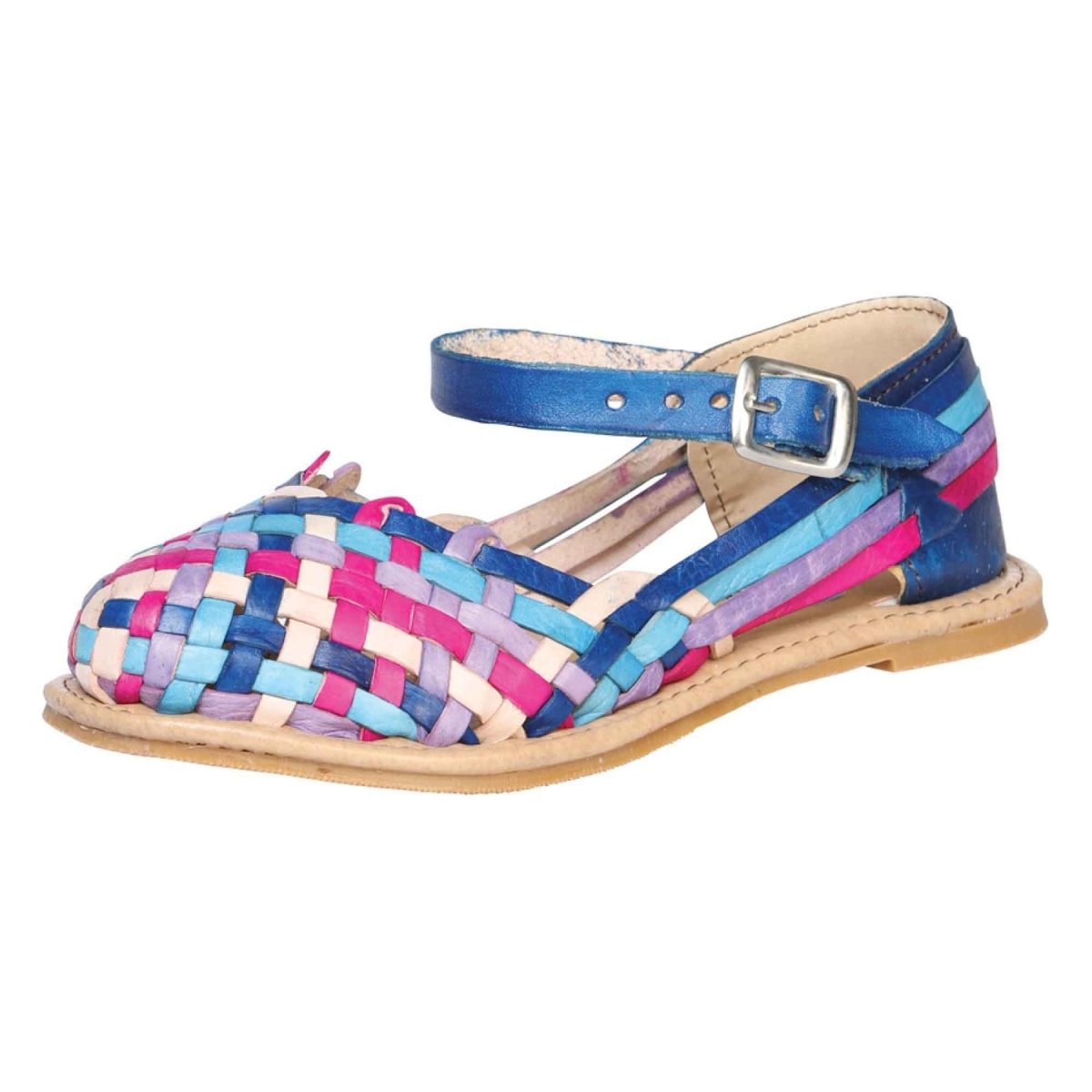
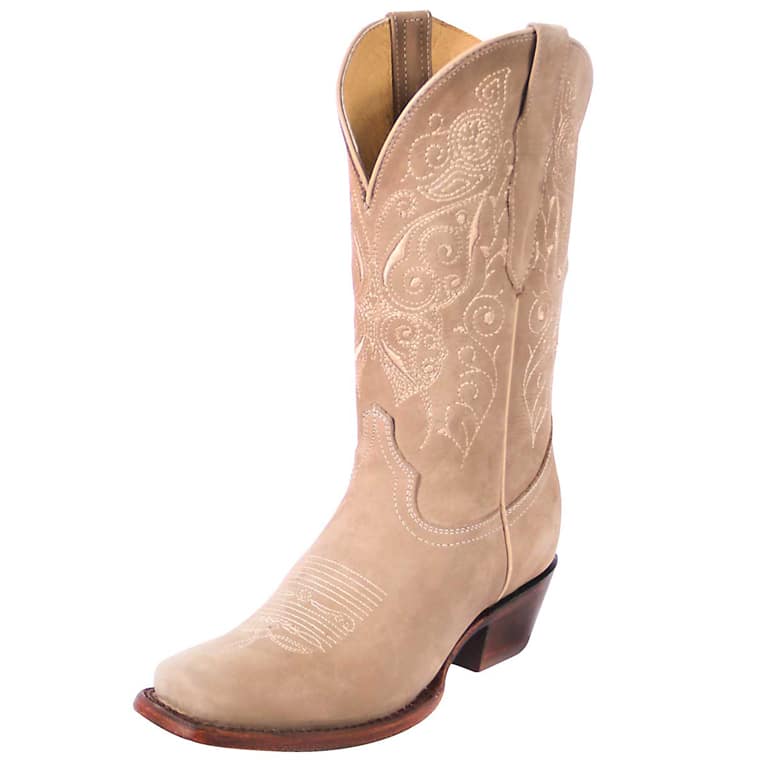

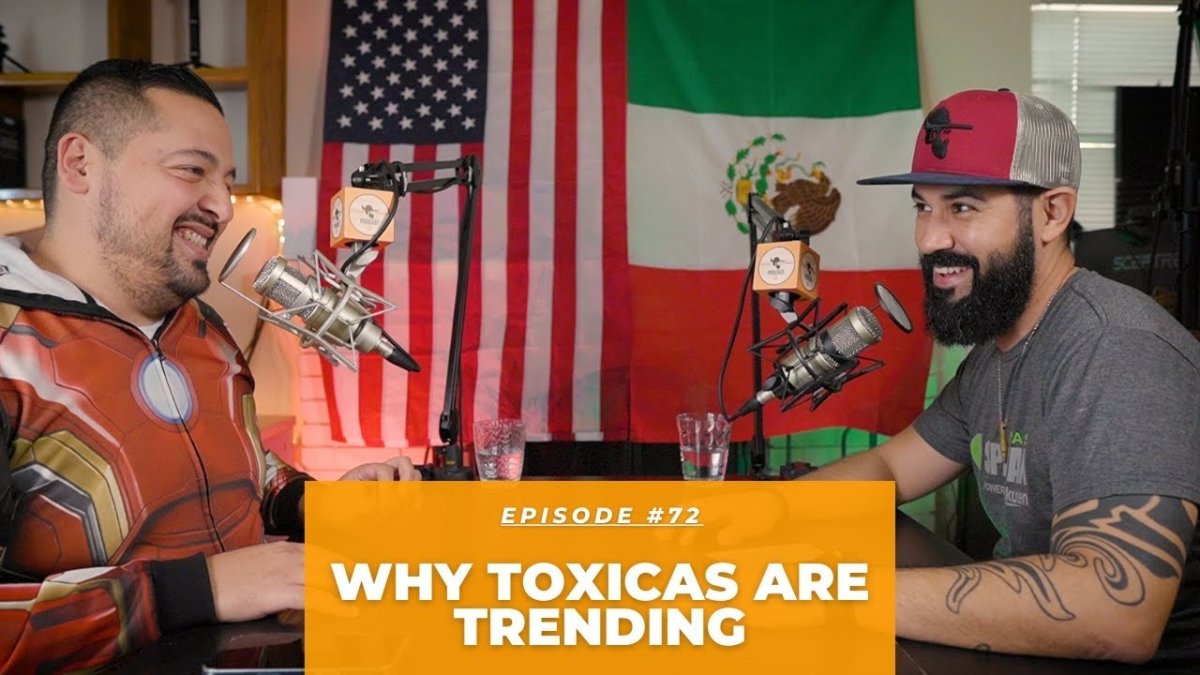
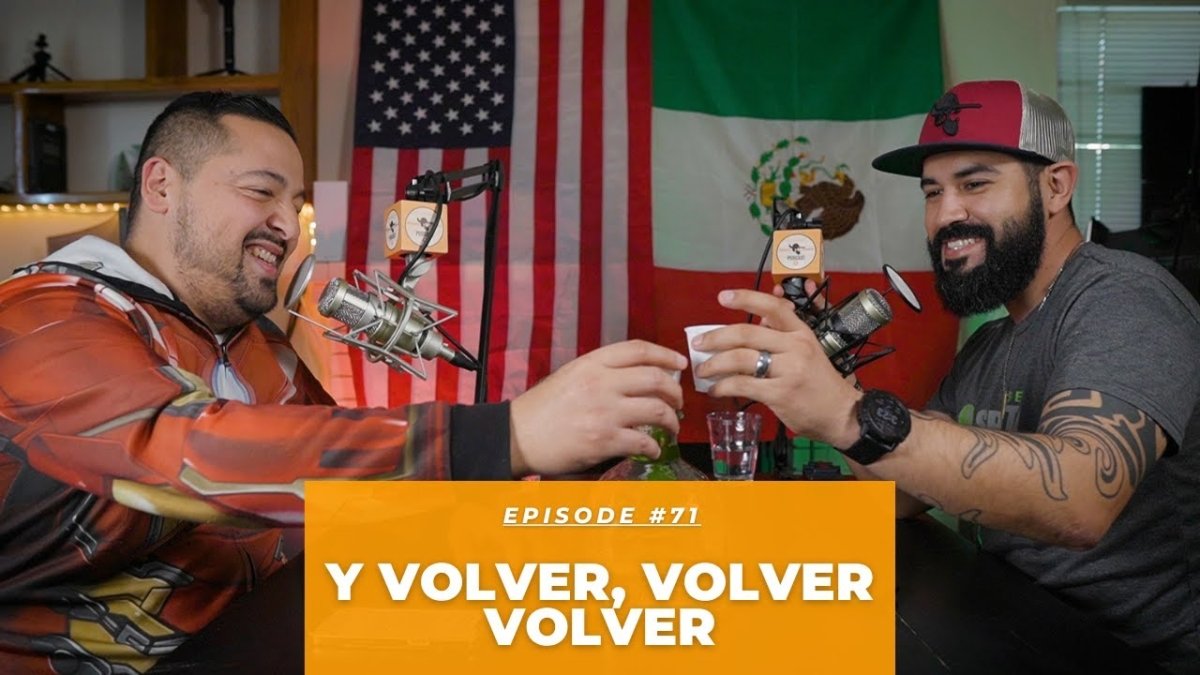
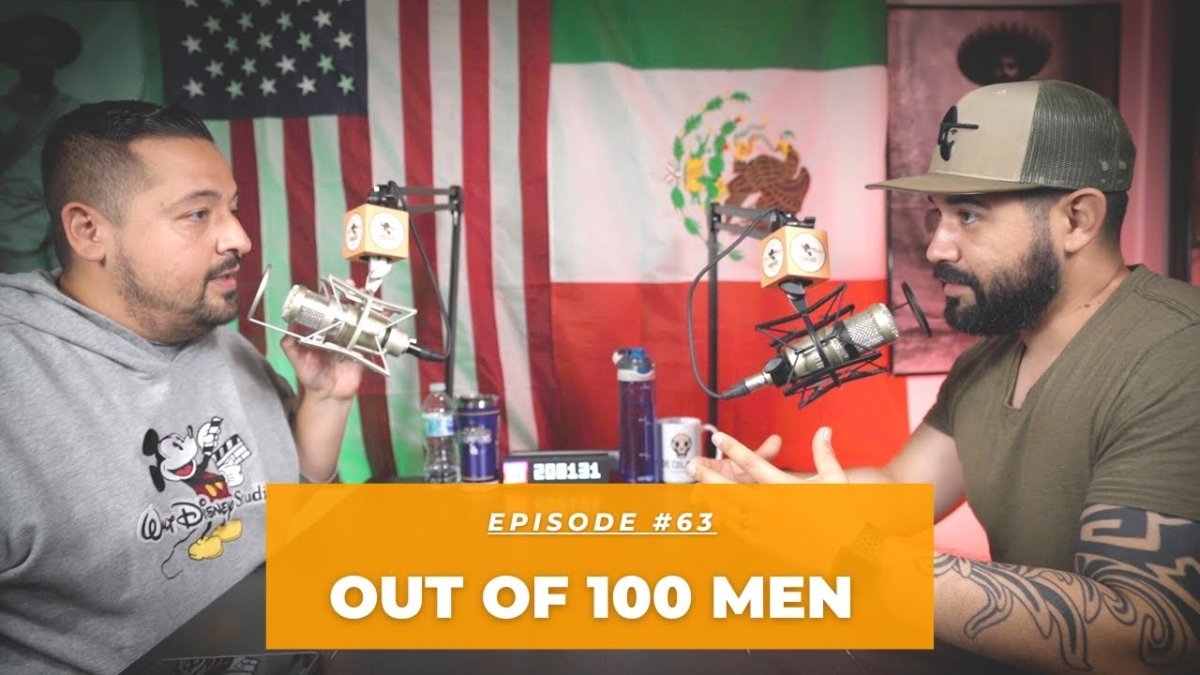

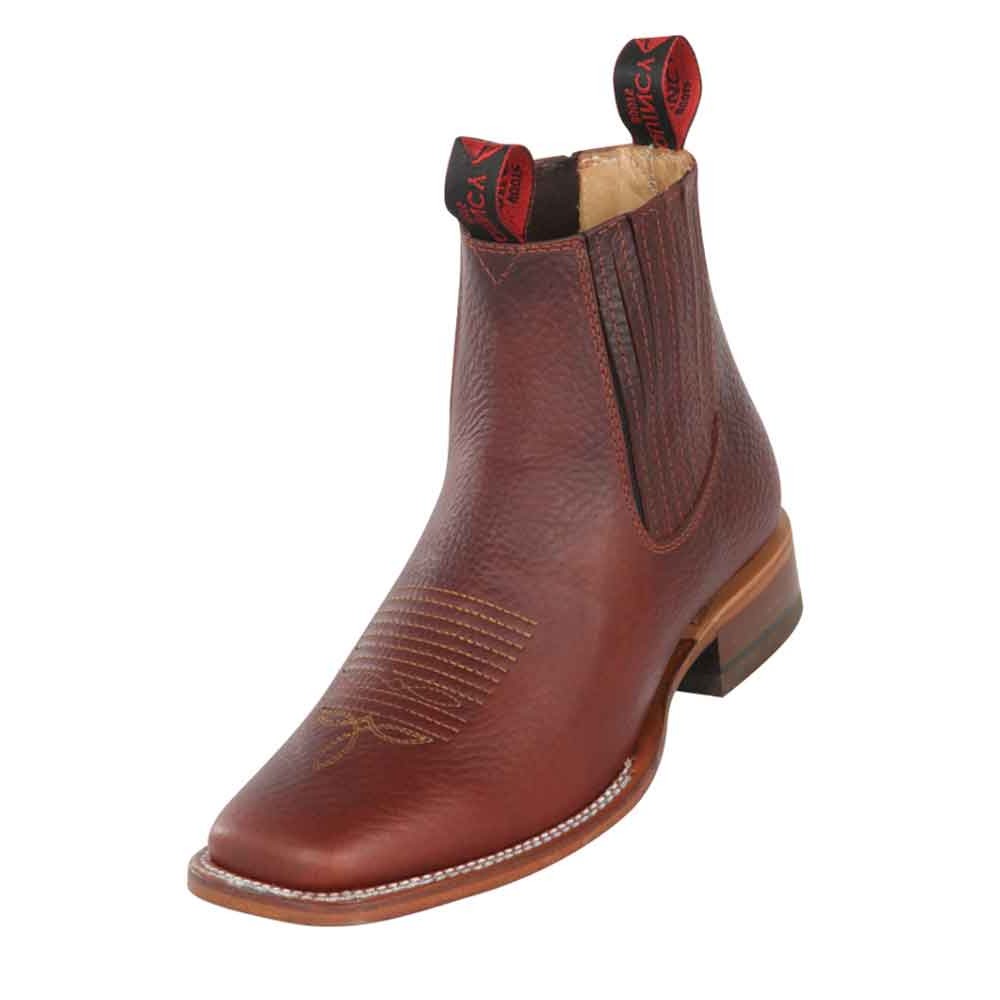
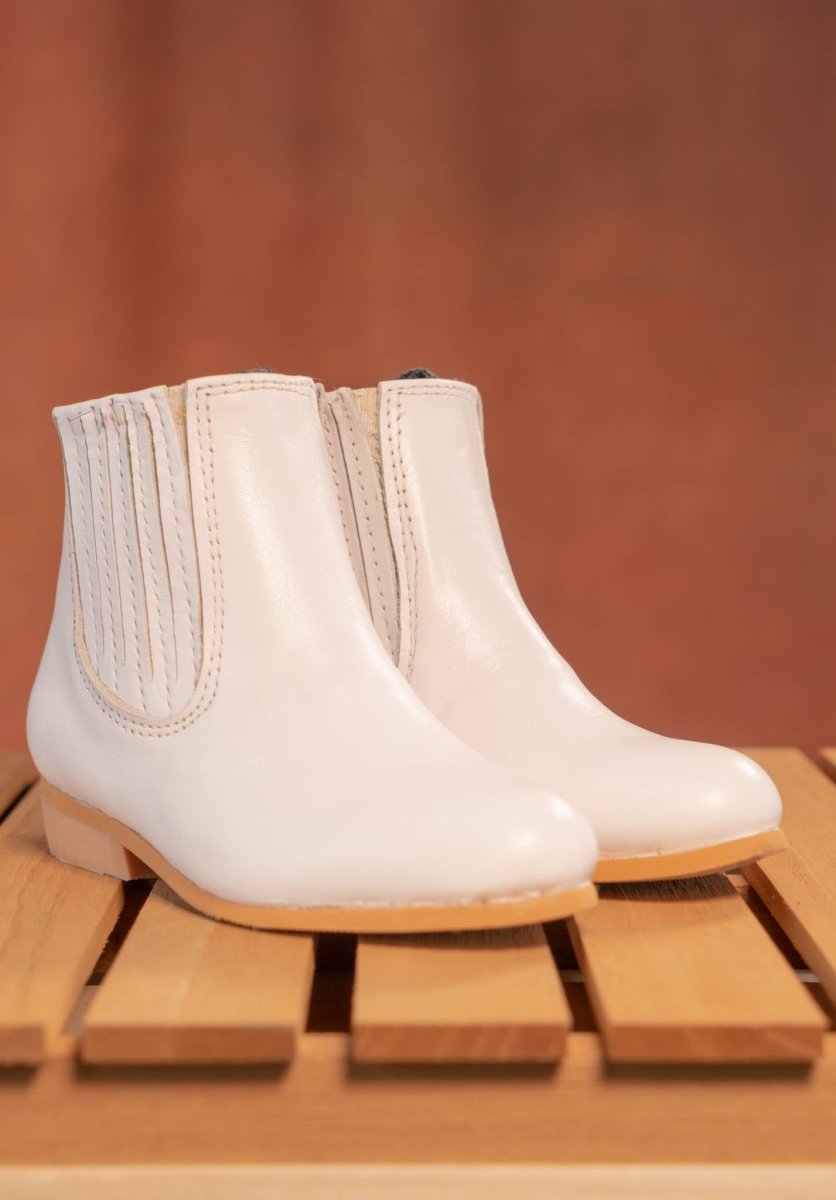

Leave a comment